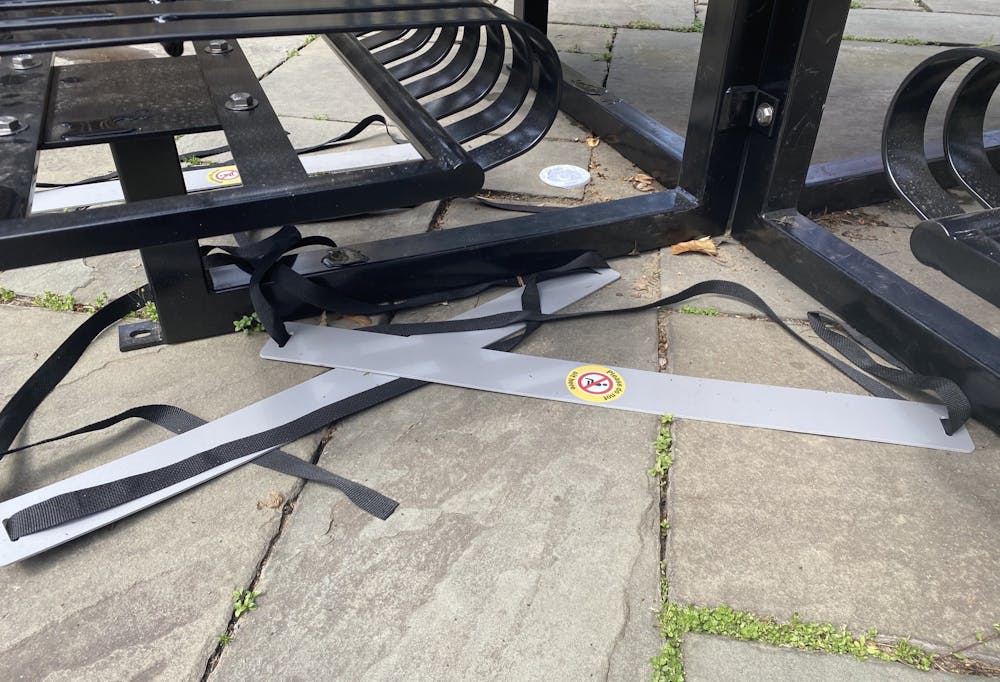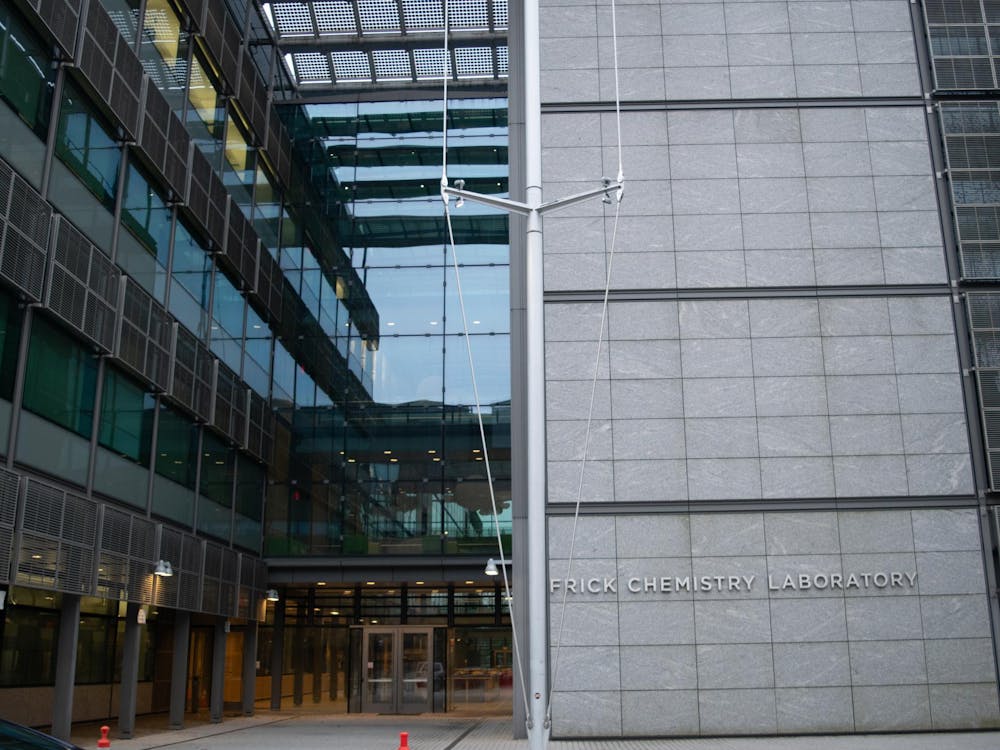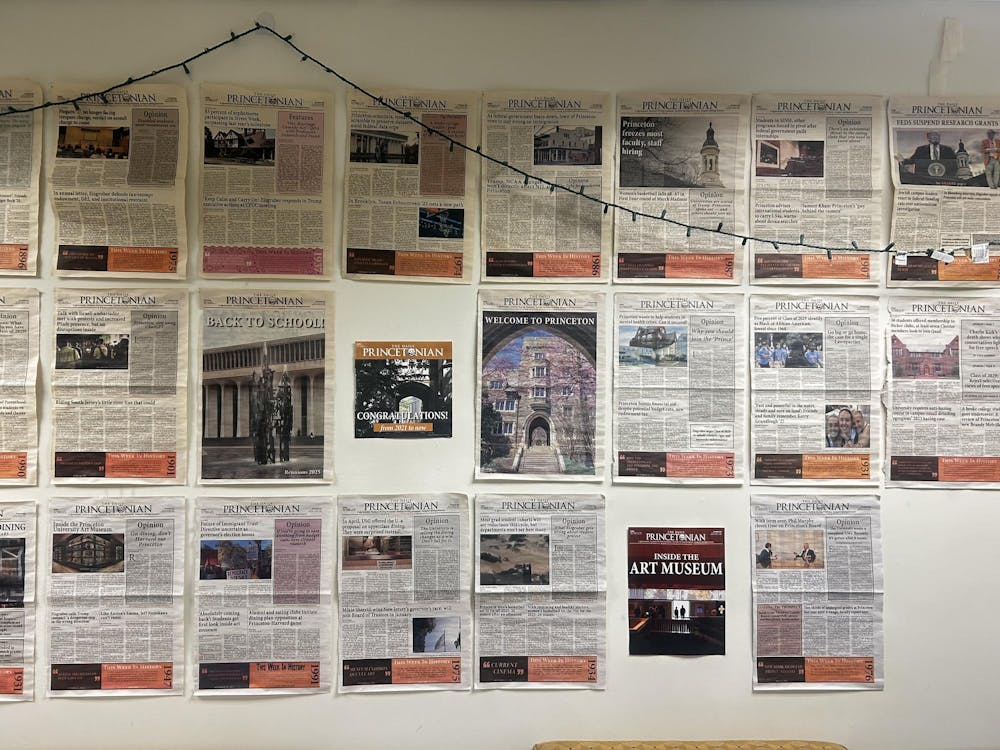In the lead-up to the spring semester, administrators emphasized that the on-campus experience would be far from normal. As Dean of the College Jill Dolan put it: “This will not be the right choice for everyone.” Still, there was some optimism about potentially loosening restrictions later in the semester — a hope, not a guarantee.
Thus far this semester, the University community has been largely successful in mitigating the spread of COVID-19, with weekly asymptomatic positivity rates below 0.15 percent since the start of the semester. Amid this lack of campus exposure, loosening of some statewide restrictions, and assurances that policies are subject to change, some have wondered whether the University’s present approach to the pandemic may be too cautious. Others have deemed the restrictions on in-person gatherings outright unreasonable.
This Board understands the importance of preserving public health on campus and that the recent uptick in new COVID-19 cases across the state would make a return to normalcy this semester unrealistic. However, we also understand students’ frustration with the current policies in place — especially given a large lack of specific explanations behind many of them. To many students, the specifics of Princeton’s mitigation measures often seem unnecessary or arbitrary, particularly when they are out of sync with local and state restrictions.
If the University wants students to buy into its COVID-19 mitigation protocols, it must ensure they are realistic and well-reasoned, as well as properly and proactively explained.
Last month, the University installed a new seating area outside of Wu Hall, with four seats at each table. Three quarters of the seats, however, were blocked off with elastic bands indicating that only one student should sit at each table. If you walk by the tables, most days you’ll see many of those elastic bands either shoved to the side or pushed to the floor — a clearcut violation of the University’s social contract that has become normal. It makes you wonder: Are students too selfish to comply with a reasonable public health measure?
We don’t think so. We believe students on this campus, by and large, understand the gravity of the pandemic and the need to avoid high-risk behavior. But when indoor dining with groups of up to eight is permissible across the street, when nothing is stopping students from eating in small groups within their dorm rooms, and when there are other smaller tables across campus without blocked-off seating, pushing away the elastic bands and eating outdoors with a close friend seems like a pretty safe option.
The same applies for a number of seemingly inconsistent policies. Take as an example the University’s dorm gathering policies. The University social contract includes an explicit two-guest limit on any dorm room or suite, despite disparities in room sizes and, by extension, in how many students can easily and safely socially distance in a given room. When the state permits substantially larger indoor gatherings so long as masks are worn and distance can be maintained, it is unclear why the University drew the arbitrary line at two guests. Along similar lines, nothing prevents a student from traveling to any off-campus residence within the county, but off-campus students — even those living locally and taking part in a stringent biweekly testing protocol — are not permitted to enter any residential spaces. Unless COVID-19 is suddenly more transferable in a residential college common space than a Nassau Street apartment, this restriction seems at its surface similarly inconsistent.
We do not assert ourselves to be epidemiologists, and this Board does not mean to call for restrictions to disappear. We understand, too, that there are good reasons for University guidelines to be stricter than statewide measures, given the density of campus living. VP for Communications and Public Affairs Brent Colburn emphasized this at a town hall on April 6, telling students that some things allowed in the state might not be allowed on campus given the residential environment. Additionally, we understand that the rise in new cases across the state would make a return to normalcy infeasible and irresponsible.

But the unhooked elastic straps littering the ground outside of Wu Hall make this clear: If specific restrictions don’t make sense — or, if why they make sense is not clearly explained — students aren’t going to abide by them. Even with students receiving disciplinary probation — or in some cases, being removed from campus — for violating the Social Contract gatherings policies, there is no absence of students hosting a third guest in their dorms.
Last month, contributing columnist Rohit Narayanan laid out his case for why the Honor Code is broken — it's based in fear rather than mutual responsibility.
“The problem isn’t that students don’t have a code of honor,” he wrote. “It’s that they don’t think cheating (or lying on an honor statement) falls within it.” The same logic applies here. When the University does not clearly articulate why it draws certain lines, or why crossing those lines could endanger the community, well-meaning and well-informed students who view them as arbitrary will not hesitate to cross them.
The University should see this lack of buy-in as a problem. It is. This culture of confusion — and general conception of the University policies as superficial — also muddles student perceptions of what is and isn’t safe, and could very well be used to justify borderline-reckless activities.

But it is clear that the solution to this problem cannot be more vague assertions about the need for general caution, even when that need for caution is indeed valid. Just as students do not suddenly shift their moral compasses to be in line with the specifics of the University’s academic integrity policies, they will not put blind faith in every policy the Office of Emergency Health and Safety deems legitimate.
We call on the University to more thoroughly and transparently explain the justifications behind restrictions on campus life. That means going further than assertions about COVID-19 spikes in the area or statements about our residential environment demanding extra caution. If each mitigation measure in place is indeed essential to keeping the community safe, tell us why. We understand that these specifics are the products of consultation with public health professionals and potentially-convoluted institutional apparatuses.
Rather than leaving students in the dark, the solution should be explaining those complex processes thoroughly. And if a regulation isn’t clearly grounded in public health guidance, students shouldn’t be disciplined for violating it. If there’s no clear reason for any restriction, policies need to change.
145th Editorial Board
Chair
Mollika Jai Singh ’24
Members
Shannon Chaffers ’22
Won-Jae Chang ’24
Kristal Grant ’24
Harsimran Makkad ’22
Anna McGee ’22
Collin Riggins ’24
Zachary Shevin ’22








